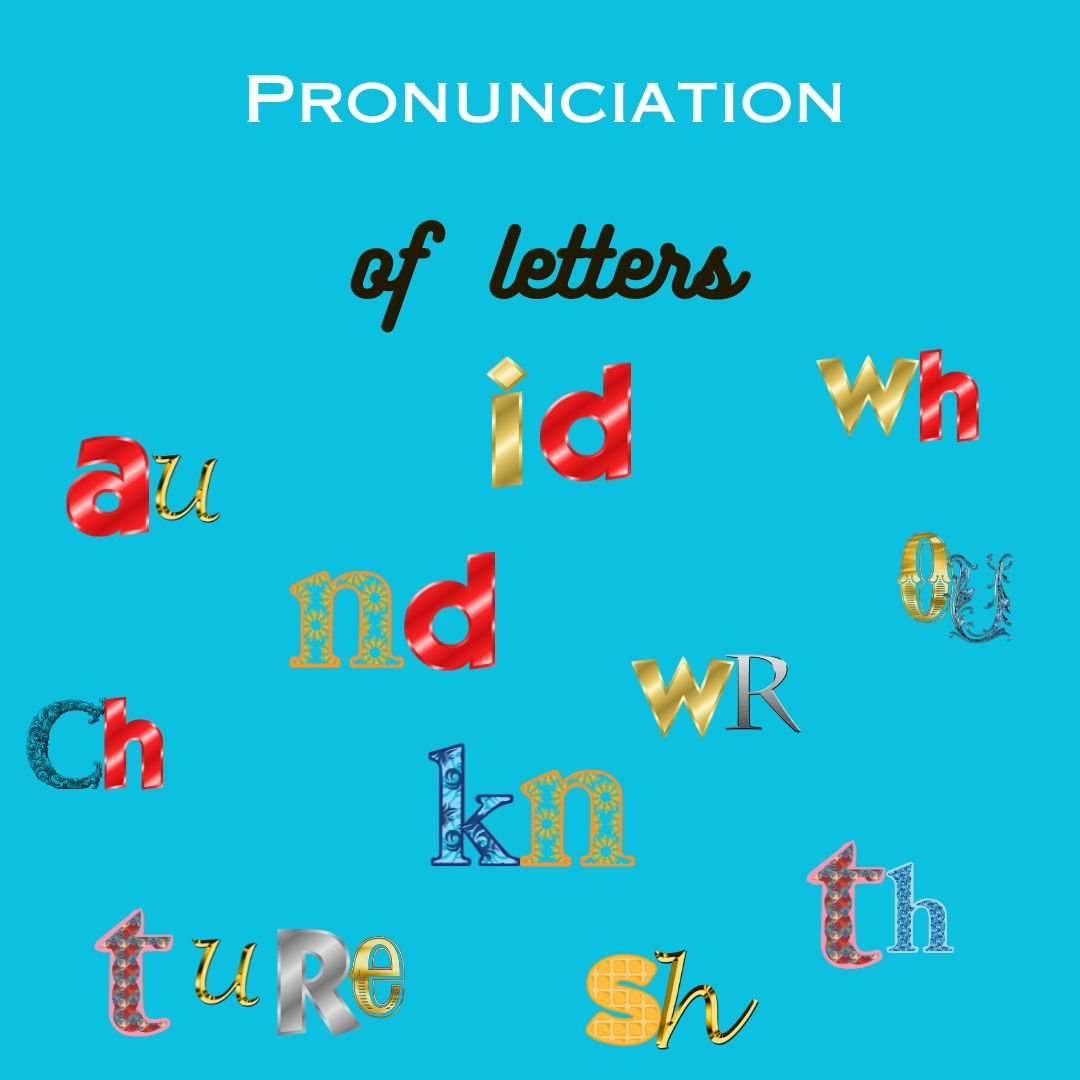Category: pronunciation rules in English

Pronunciation of letters- u, o, a, e, x, l,y and letter groups- ow, ng, er, or, rr in English
The letter combination ng When the letter combination ng appears at the end of words, it is typically pronounced as the ŋ sound, which is a nasal sound made by the back of the tongue against the soft part of the roof of the mouth. long: [lɔŋ] sang: [sæŋ]

Pronunciation of letters-i, I, j, g, w, qu and letter groups – au, ou, kn, ture, sh, ch, th, gh in English
Digraphs au and ou before ght: When the digraphs au or ou appear before ght in English words, they are often pronounced as a long vowel sound similar to [ɔː].Voiced fricative sound th: In function words (like articles, pronouns, and certain common words) and at the end of significant words between vowels, the combination th is often pronounced as a voiced interdental fricative sound [ð].

Pronunciation of letter groups (letter combinations)- au, ou, ld, nd, kn, ture, gh, ch, sh, th, wh, wr in English
Voiced fricative sound th: In function words (like articles, pronouns, and certain common words) and at the end of significant words between vowels, the combination th is often pronounced as a voiced interdental fricative sound [ð]. Examples: the: [ðə] this: [ðɪs] that: [ðæt] they: [ðeɪ] bathe: [beɪð]

Pronunciation of the letter “a” before consonants
The letter "a" + consonant combinations are spelled due to the rules given in this lesson: a before L, a before l followed by the consonant, a before th, a before n, s, f,

Vowel and Consonant Sounds in Syllable
Vowel and consonant sounds in a syllable In linguistics, vowels and consonants are two fundamental speech sounds that make up the building blocks of spoken language. Vowels and consonants are distinct in terms of how they are produced and how they are perceived by listeners. Vowels are speech sounds produced with an open […]